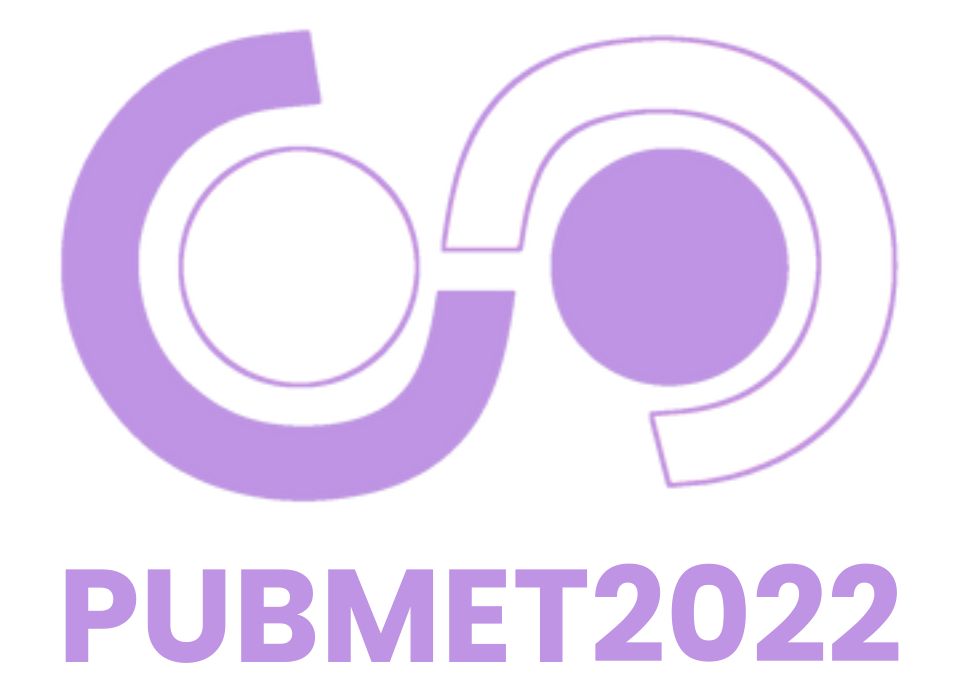Adoption of Transparency and Openness Promotion (TOP) guidelines across journals

The Transparency and Openness Promotion (TOP) guidelines include eight modular standards, with three tiers of increasing stringency, which journals can adopt to promote open science (Nosek et al. 2015). Standards evaluate journal’s policies on data citation, data transparency, material transparency, code transparency, design and analysis, study preregistration, analysis preregistration and replication. Currently, we have no overview of the trends for adaptation of TOP guidelines across journals.
In this research, policies of several hundreds of journals (N=1,219) – categorized into one of the three stringency tiers of eight TOP standards and accessed on the website of Center for Open Science – were analyzed. We show that 68% of the journals’ policies align to at least one of the TOP’s standards: almost 46% of journals have a policy that aligns to data citation standards and only 10% journals have a policy for pre-registration of analysis plans or study preregistration. If the journal’s policy adopts TOP guidelines, it is most likely of the stringency Level 1 (less stringent) across all eight standards (median=70%). However, policies for the “Analysis code transparency” standard are more “stringent” as compared to other standards: a half of the journals require Level 2 and 3 stringency, e.g. storage in an open repository and/or code reproducibility. In the future, we are planning to supplement these preliminary results with information about the journal’s policy requirements stratified across different scientific disciplines and add a component of time: the evolution of requirements from publishers for adoption of open science practices.
Our results already indicate that the improvement of the measures that journals take to implement open science practices could be made in two directions: 1) journals that have not yet adopted policies that promote open science could do so, and 2) the stringency of the requirements for open science practices could be increased.
